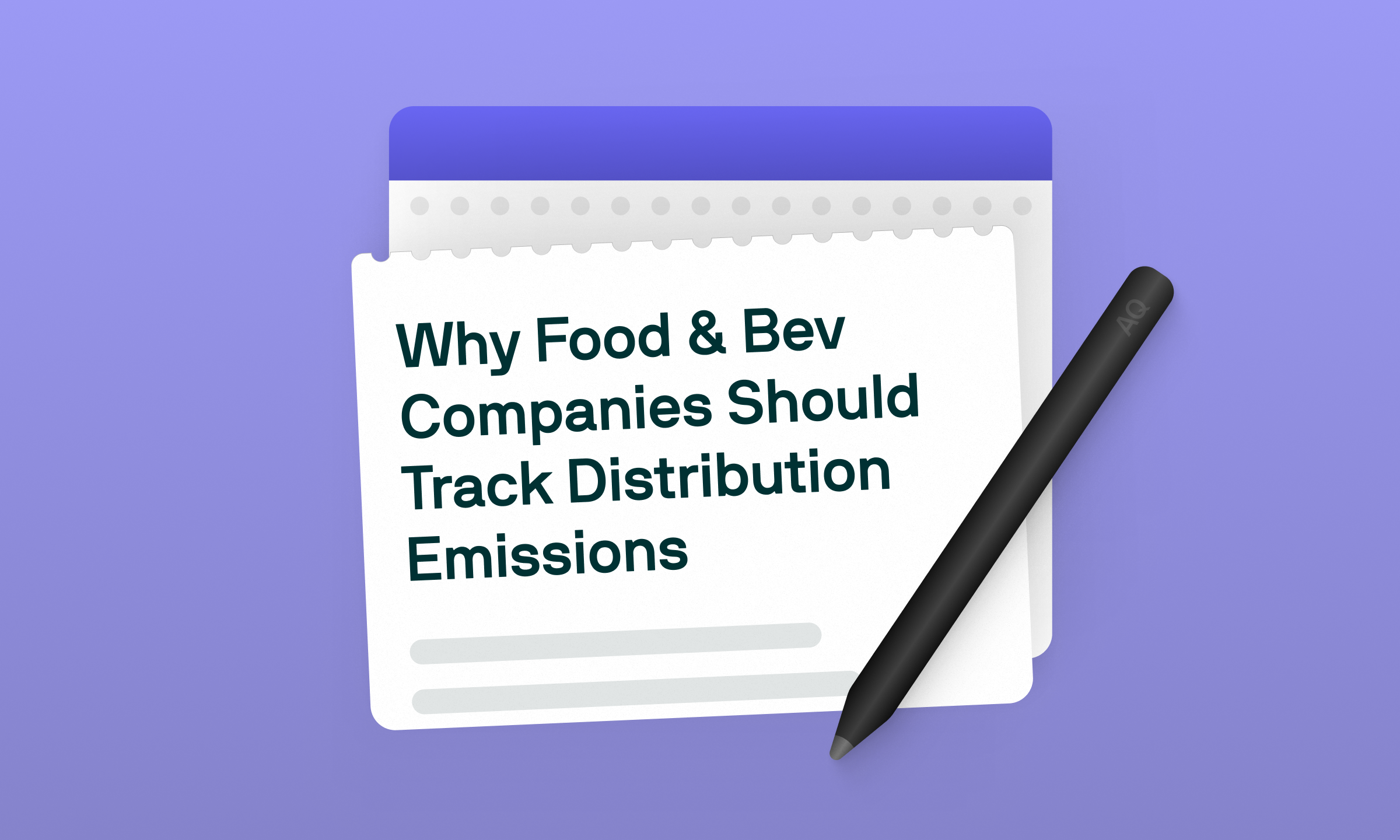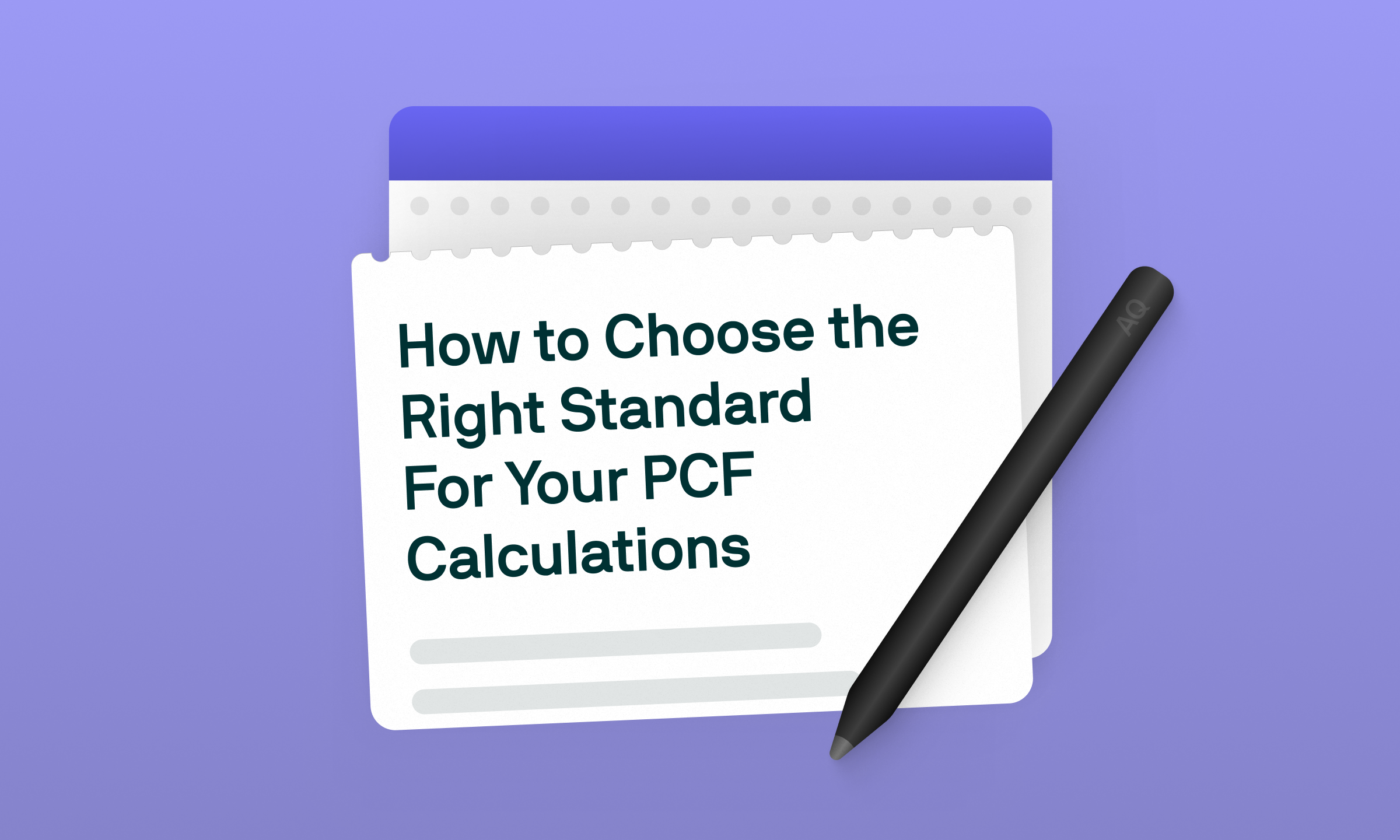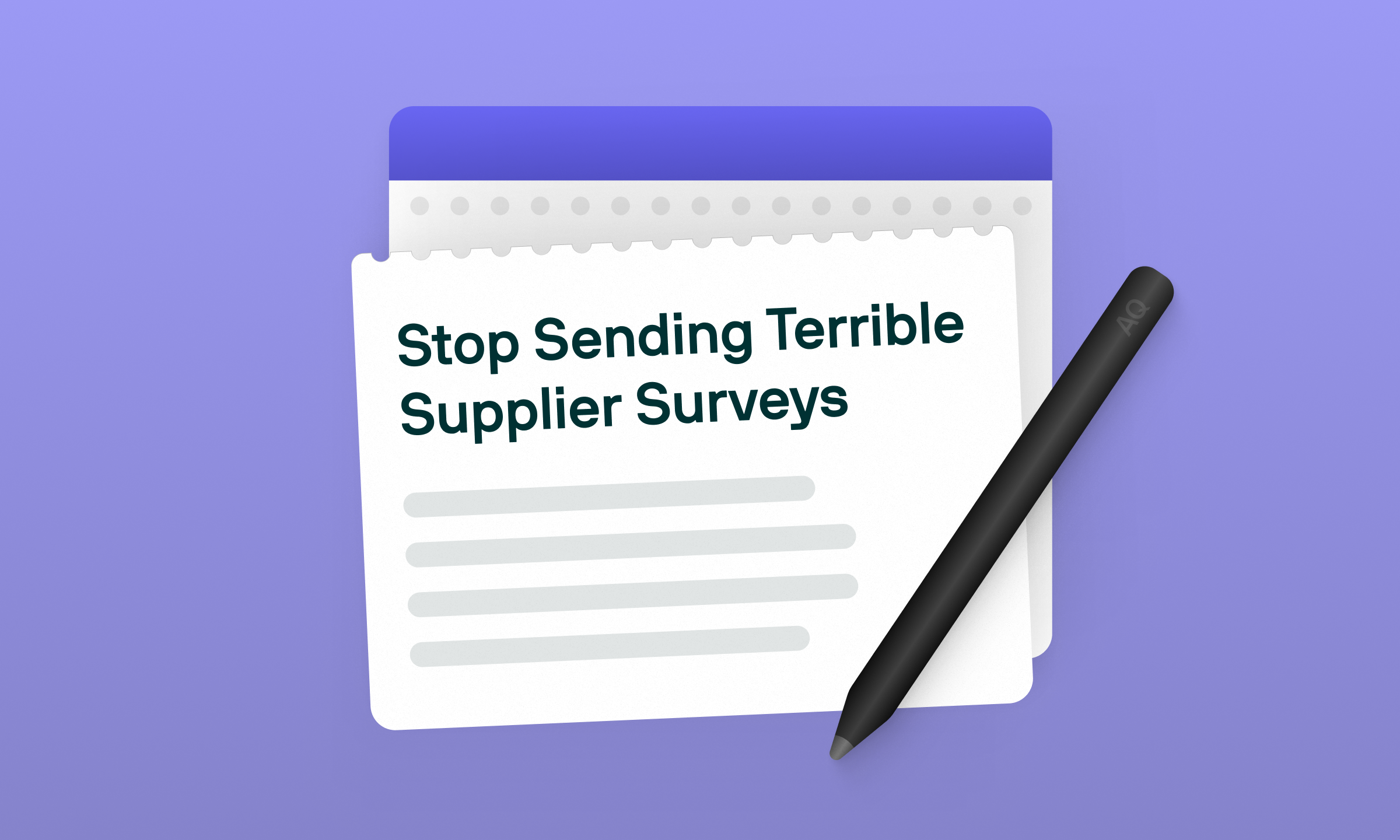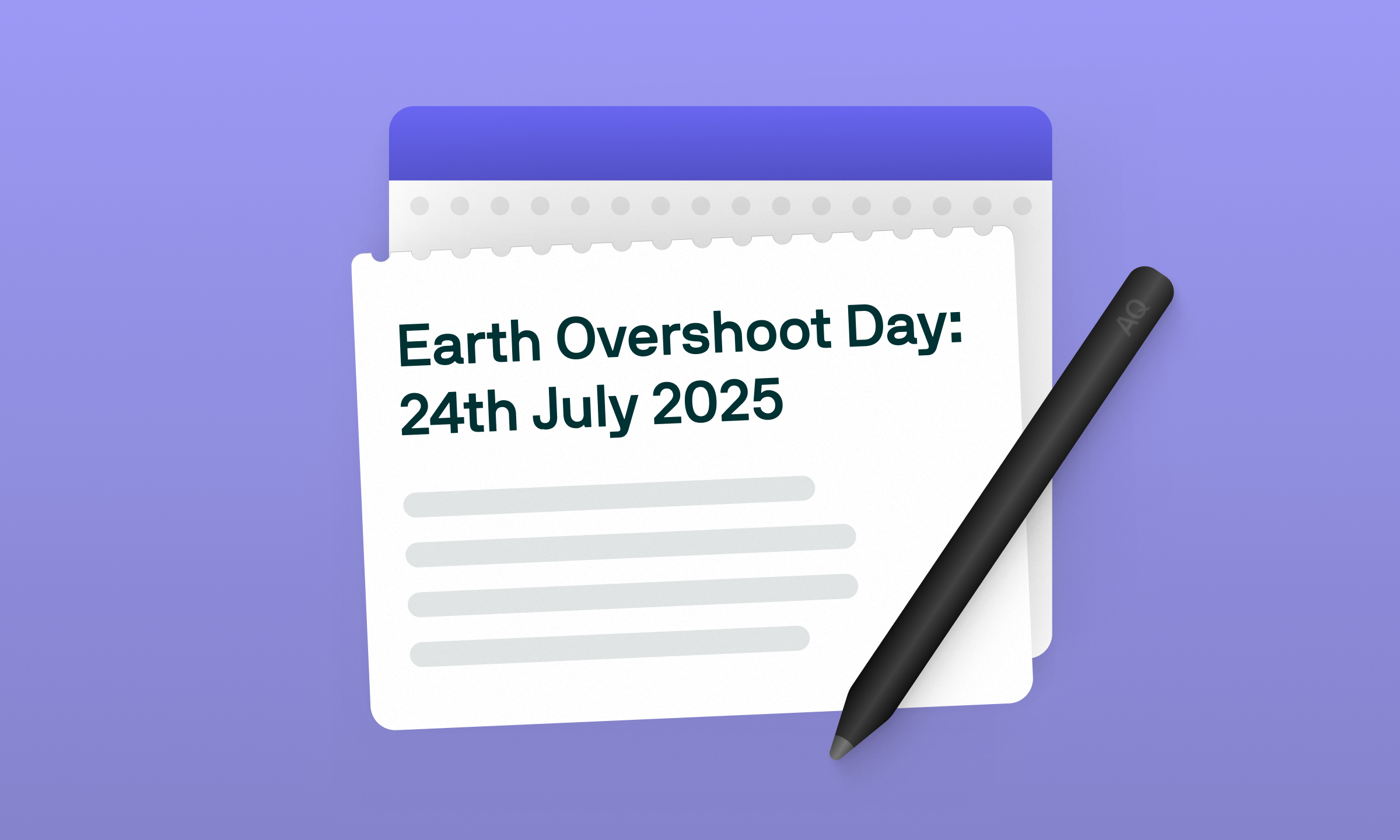Mid-2025 Regulatory Briefing: Key Shifts and Deadlines

What you'll learn



Mid-2025 Regulatory Briefing: Key Shifts and Deadlines
Six months into 2025, and the regulatory landscape looks nothing like what we expected. Since the EU Omnibus announcement on 26 February, nearly every major sustainability regulation has been reopened, reconsidered, or outright reversed.
The promise of reduced reporting burdens has created its own chaos, making it harder than ever to know what's actually required and when.
Here's your guide to navigating the shifting sands of 2025's regulatory environment.
What’s Been Scaled Back
1. ESRS Reporting: Phase-In Requirements Frozen
Current situation: Wave 1 companies are preparing their second ESRS sustainability statements for FY2025, with phase-in requirements scheduled to expand reporting obligations progressively through 2026.
Proposed changes: The "Quick Fix Proposal" freezes all phase-in requirements until 2027, retroactive from January 2025. This aligns Wave 1 companies with the delays already granted to Wave 2 and 3 through April's Stop-the-Clock Directive.
📌 What does this mean for your business? Skip ESRS 1 Appendix C requirements in your FY2025 statement. Complex disclosures like climate risk financial impacts (E1-9) can wait until 2027.
2. ESRS Standards: 50% Fewer Datapoints Coming
Current situation: Companies struggle with overlapping ESRS requirements and unclear disclosure expectations across multiple standards, creating significant reporting burden.
Proposed changes: EFRAG targets a 50% reduction in mandatory datapoints by October 2025 through a simplification strategy released on the 20 June. Key simplifications include streamlined double materiality assessments, clearer disclosure requirements, and better standard interoperability.
📌 What does this mean for your business? You can expect fewer redundant datapoints and clearer guidance on what constitutes sufficient disclosure. EFRAG specifically focuses on eliminating duplicate datapoints and recognising work already completed. Final recommendations are due by end of July.
3. CSRD Scope: Higher Thresholds Proposed
Current situation: From financial year 2026, all listed companies with more than 500 employees must report to CSRD. From financial year 2027, the CSRD captures large unlisted companies that meet at least 2 of the 3 following conditions:
- Net turnover of €50 million or more
- Total assets of at least €25 million
- 250 or more employees
Proposed changes: The Commission proposes raising thresholds to 1,000+ employees and €450 million turnover. Listed SMEs would be completely exempt from mandatory reporting.
📌 What does this mean for your business? Check your status against new thresholds. If you're out but want to keep reporting, the Voluntary SME Standard (VSME) provides a simplified framework without compliance obligations.
4. CS3D: From Value Chains to Direct Suppliers
Current situation: CS3D requires comprehensive supply chain due diligence across entire value chains, with implementation set for 2027.
Proposed changes: The implementation would be delayed to July 2028. Thresholds jump to 5,000 employees and €1.5 billion turnover. Due diligence would be limited to Tier 1 suppliers only, with risk-based approach replacing comprehensive mapping.
📌 What does this mean for your business? Most companies exit scope entirely. Those remaining face simpler requirements: assess direct suppliers using available data.
5. Battery Due Diligence: Two-Year Delay Proposed
Current situation: The EU Battery Regulation (2023) requires battery producers to report on due diligence practices covering environmental impacts and waste management by 18 August 2025.
Proposed changes: The Commission proposes pushing due diligence requirements two years to 18 August 2027. Reporting frequency also drops from annual to every three years, significantly reducing administrative burden for battery makers and exporters.
📌 What does this mean for your business? This delay, if enacted, would mean that companies preparing their operations for the August 18 deadline would have additional time before these specific due diligence demands become mandatory.
What’s Been Cut
6. CBAM: Small Importers Are Excluded
Current situation: The European Parliament approved CBAM simplification measures on 23 May 2025, following the Commission's February proposal to reduce administrative burden.
Proposed changes: A new 50-ton annual threshold per importer will exempt 90% of businesses while maintaining 99% emissions coverage. Additionally, the Commission proposes CBAM’s procedure simplification for those in scope.
📌 What does this mean for your business? Do you import less than 50 tons of CBAM goods annually (excluding electricity/hydrogen)? You're completely exempt. Larger importers see no changes to obligations, other than potential simplification to the authorisation procedure, the data collection processes, the calculation of embedded emissions.
7. Green Claims Directive: Withdrawn, But Rules Remain
Current situation: The Green Claims Directive aimed to standardise environmental marketing requirements across the EU, with verification obligations for all green claims.
Proposed changes: Political opposition has stalled the Directive, with the Commission considering complete withdrawal rather than proceeding without consensus.
📌 What does this mean for your business? Prepare for existing rules instead. The Empowering Consumers Directive brings strict requirements from 27 September 2026. The Unfair Commercial Practices Directive continues enabling greenwashing enforcement.
What's Going Ahead
8. EU Deforestation Regulation (EUDR)
What’s coming: The EU Deforestation Regulation (EUDR) moves into implementation phase with country risk classifications now published. Belarus, North Korea, Myanmar, and Russia start as high-risk, meaning stricter due diligence for any products sourced from these regions.
Read more here.
🗓️ Mark your calendar: Full compliance is required from 30 December 2025 for large companies. Micro and small enterprises: Must comply by 30 June 2026.
9. Packaging and Packaging Waste Regulation (PPWR)
What’s coming: The new Packaging and Packaging Waste Regulation aims to minimise the quantities of packaging and waste generated by reducing the use of raw material and promoting circularity.
Read more here.
🗓️ Mark your calendar: The first obligations for companies will take place from 12 August 2026.


.svg.webp)






.png)



